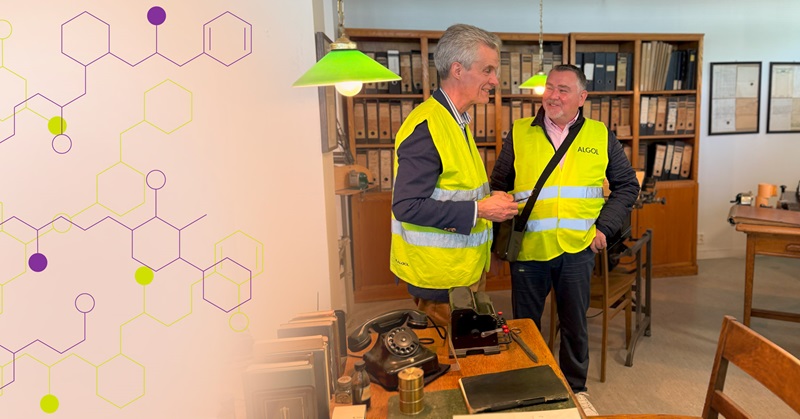How to manage waste in metal treatment industry?
A broad variety of chemicals is used by the metal finishing industry although only a small fraction of the chemicals purchased for bath make-up and operation is ultimately incorporated in the finished goods. Surface-finishing processes lose a disproportionate quantity of purchased chemicals as byproduct hazardous waste. The value associated with this wastage, plus the added cost of treatment and disposal, constitute major pressure on operating margins and profit.
In addition, finishing operations require equally disproportionate quantities of process water per unit of production for parts cleaning and preparation, for bath make-up, maintenance and rinsing. The price and conditioning costs of raw water are increasing which has lead to increased interest towards practical ways of limiting water usage and recovering and reusing as much process water as possible.
In the optimal situation, there wouldn't be any bath drag-out and the chemical losses would be restricted to chemicals that are consumed in cleaning and preconditioning surfaces and to those portions of the plating baths, which produce the desired surface coating or conditioning. This target in mind, ingenieurs and development teams around the world have evolved various acid regeneration methods, which could recover the acid used and at the same time maintain the acid strength required.
Some of the methods created are able to recover up to 95% of the acid used, but the investments needed to facilitate the process are often too high for a small or middle sized metal workshops. Often careful considerations between recovery and disposal are needed to find the optimized long-term solution which takes into consideration both the economical as well as environmental aspects.
Could you use some valuable tips what to consider when balancing between wastewater disposal and recovery?


